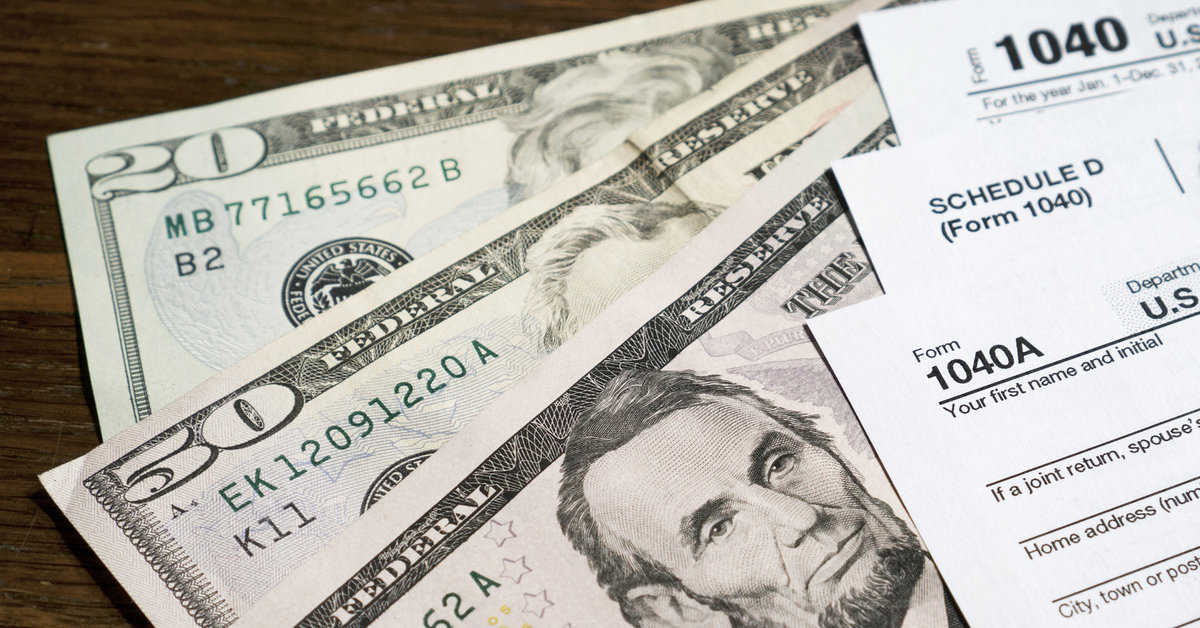Almost everyone knows that the wealthy have figured out ways to minimize their taxes so that they can build massive amounts of wealth without paying taxes the same way someone with a job pays.
This article will explain exactly how that works – and how you can replicate it in your own life, even if you’re not yet wealthy.
NOTE: I’ll Keep It Short – But It’s Kind of Dense
The information in this article is going to be a little deeper than a typical personal finance article. It might require printing out and reading over and over until you “get” it. That’s ok. Everything below is counter-intuitive.

Still, I won’t make the article very long. I feel like this is an article that should be short, powerful, and designed to be re-read.
Basic Tax Concept: “Tax-Free Income Allowance”
The general idea of an advanced tax strategy for a successful, high-income business person is to create high-ROI business systems that cultivate a high ceiling of income that is allowed to be earned that is not considered taxable – essentially creating a non-taxable income allowance.
Paper losses, asset acquisition through expenses, special exemptions – there are many routes to maximizing this non-taxable income allowance.
This shouldn’t be confused with tax avoidance schemes. This is about very real ways to use losses in risk-managed situations so that while one is technically losing money, one’s net worth is increasing. Think: Amazon’s growth.
Incomplete List of Ways to Build a Tax-Free Income Allowance
List of ideas:
- Normal real estate depreciation.
- Zero-cash flow depreciation.
- Marketing expense for data assets.
- Working interest oil opportunities.
- Credit rather than ordinary income
- Captive Insurance Company.
- Debt-fueled appreciation.
- Debt-fueled deferred income.
- COLI – corporate owned life insurance.
- Subsidies.
- Tax loss harvesting.
- Tax rate arbitrage.
- Debt-fueled purchase of “money-losing” business.
- Purchase of money-losing asset with secondary value (IE, car dealer buying radio station for tax-free advertising).
Example: for a 20% down payment, one can acquire zero-cash flow real estate. One can buy $100m in depreciating assets for $20m, which would create a non-taxable income allowance of $2,457,264.96 – per year, declining. This is assuming the 100m is for the buildings. Actual amount varies.
If one sets up a captive insurance company and pays $2.2m in premiums per year for legitimate insurance (not for the tax benefit, but actually for insurance), then that is effectively $2.2m per year in income that stays in one’s ecosystem that can be loaned out to entities one controls without creating a taxable event. That said, taxes must only be a benefit to the strategy – actual risk management must be the primary motivation.
Oil is taxed at a preferential rate, roughly. Without going into details, if you spend 1m on working interest in an oil well and receive roughly that amount back in income, but reinvest it in more working interest oil projects, you can see an extra 20% deduction on what you spent on the well, roughly, for about 5 years. This means a yearly 1m reinvestment could essentially provide one with a 200k additional write off in addition to the “breakeven” rollover of the investment money every year for 5 years. That’s huge.
Just using the 3 examples above, one could create a $4.8m allowance per year – with very basic mainstream tax planning using only 3 tactics. The more tactics one uses, the more options there are for keeping the non-taxable income allowance as high as possible.
NOTE: I’ll be updating this article quite a bit over the coming years. Make sure to check back often as I create better explanations, write more examples, and provide more background information.
